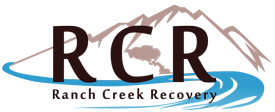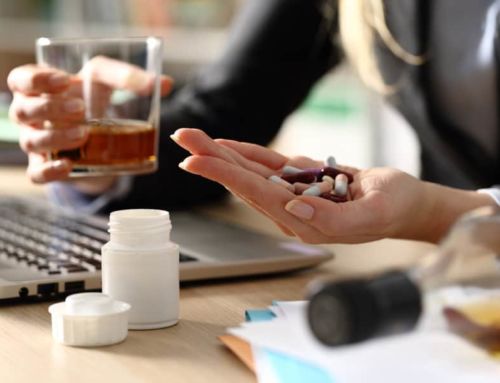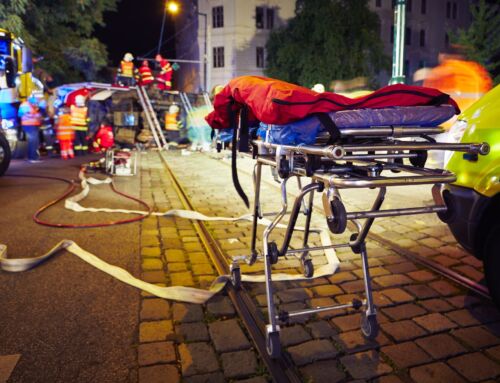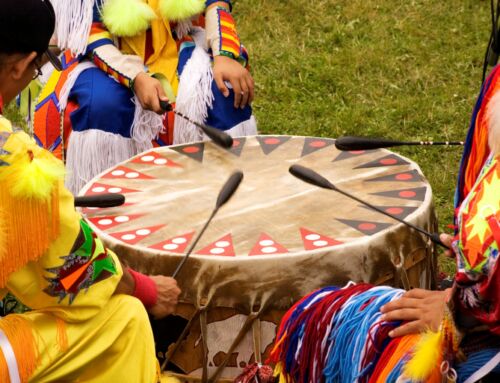With the opioid epidemic plaguing the country today and in recent years, communities are turning to new and innovative treatment approaches in order to combat the growing fatality rate associated with opioid addiction and overdoses.
From expanding community-based treatment programs to training larger numbers of first-responders, many states are working overtime to address the growing number of opioid addicts within their neighborhoods. Add to that the surge in synthetic opioids, such as fentanyl and carfentanil, and every state around the country is faced with an almost insurmountable scenario.
As if heroin was not deadly enough, addicts are now facing opioids within their communities that are 50 to 100 times stronger then the drug they initially became addicted to. Because of this issue, districts have started enlisting the assistance of the addicts themselves, providing them with lifesaving countermeasures to reverse the effects of an opioid overdose before it takes the life of a person.
With pioneering cities like San Francisco, who began this innovative approach of dispensing naloxone to addicts in 2003, strides are being made to stem the tide of overdose deaths within the state of California.
While progress has been made, there is much more that needs to be done in order to genuinely gain ground on the death toll associated with the deadly disease of opioid addiction.
What is Naloxone for Heroin Overdose?
Naloxone, also known as Narcan, is a medication called an opioid antagonist. This means that it has the ability to reverse the effects of an opioid overdose by counteracting the life-threatening effects that opioids have on both the central nervous system and respiratory system.
Simply put, giving someone who is experiencing an opioid overdose naloxone will enable them to breathe again immediately. The additional benefit of naloxone is that it cannot be abused by addicts and is non-addictive itself – making it an ideal preemptive remedy to provide to addicts. It also is easy to administer and has no effects on a person if they do not have opioids in their system.
With all these benefits, naloxone is the ideal option to provide to addicts as a means of stemming overdoses around the country.
Naloxone for Heroin Overdose, By the Facts
This medicinal countermeasure to opioid overdoses has proven extremely effective within the communities that have implemented the medication into their arsenal to combat opioid addiction.
Some of the more impressive statistics surrounding the medication include:
- From 1996 through 2014, more than 26,000 opioid overdoses were reversed by non-medical personnel, the CDC reports.
- Taking a page from San Francisco’s strategy book, a naloxone distribution program in Massachusetts reduced opioid overdose deaths by an estimated 11 percent in the nineteen communities that implemented it without increasing opioid use.
- Naloxone has been used safely by emergency medical professionals for more than 40 years and has only this one critical function: to reverse the effects of opioids in order to prevent overdose death.
These stats highlight the effectivity of naloxone and the importance of expanding its use and availability around the country.
Naloxone Use in San Francisco
San Francisco has been one of the pioneers of naloxone implementation around the country. Through community-based interventions and collaborations, the city has seen overdose deaths decrease because of the improved access to naloxone by addicts living within the surrounding neighborhoods.
Last year alone, there were 1,658 naloxone-induced overdose reversals that were administered by laypersons – or people within the communities other than medical professionals. This type of evidence is crucial in understanding the importance of providing this medication on a wide-spread level.
Furthermore, organizers in San Francisco affiliated with the Harm Reduction Coalition identified that addicts tend to be the primary witnesses to instances of overdose within the community. Providing those people with the means to reverse the effects of an opioid overdose to decrease overdose deaths makes an amazing amount of sense.
Further reinforcing this concept, there were 28,000 people around the country in 2017 who died from overdoses involving synthetic opioids like fentanyl and carfentanil. California, which represents 12 percent of the population, only had 536 of those deaths, which was less than 2 percent of the total.
What this indicates is that while the opioid epidemic continues to plague a number of states around the country, California – and San Francisco, in particular – has found methods to better combat the disease.
A Clean Future for Your Loved One Starts with Getting Help Today
There is no time like the present to begin implementing change. In the case of opioid addiction, the problem has grown for decades and is just now being addressed with an appropriate amount of dedication.
Learning from the success within cities like San Francisco is key to not only combating the effects of opioid addiction, but also saving the lives of innocent people struggling with the disease. Enlisting the assistance of those on the frontline of this epidemic has proven ability to positively impact the lives of those addicts living within the community.
Building upon this success is an excellent strategy to continue gaining ground on this debilitating disease.
Life-Changing, Holistic Opioid Addiction Treatment at Ranch Creek Recovery
It is our firm belief at Ranch Creek Recovery that addicts can recover from their disease and can rebuild abstinent, productive lives. If your loved one is addicted to opioids, there is help.
We address addiction recovery and relapse prevention head on through our non-12-step, individualized, holistic addiction treatment programs. Our team of treatment experts will work one-on-one with your loved one to create a custom treatment and recovery plan that will help them feel confident and ready to enter their new, sober life.
Learn more about Ranch Creek Recovery, including our opiate detox and rehab programs. Have questions? We’re here to help in any way we can. Contact us today.
CALL NOW: (877) 293-8607












